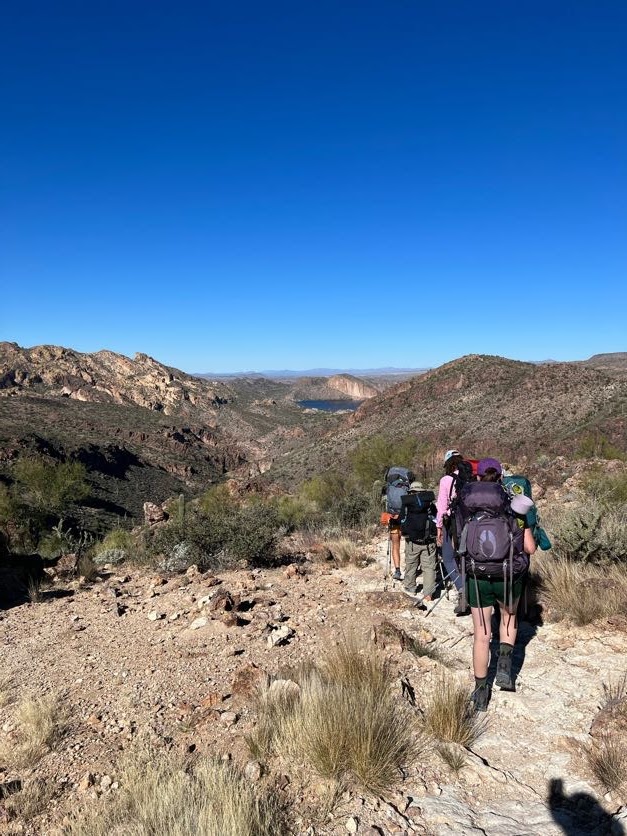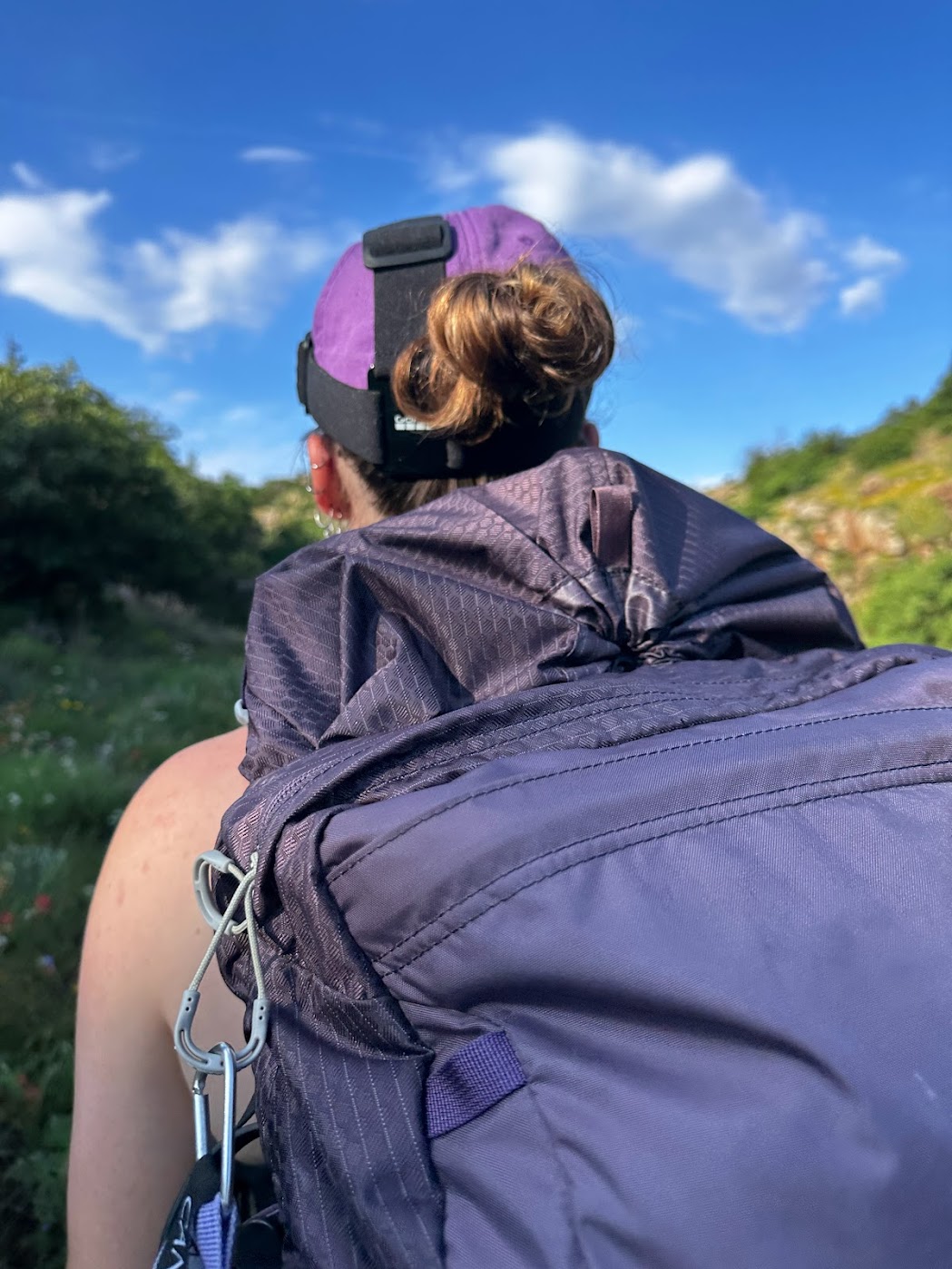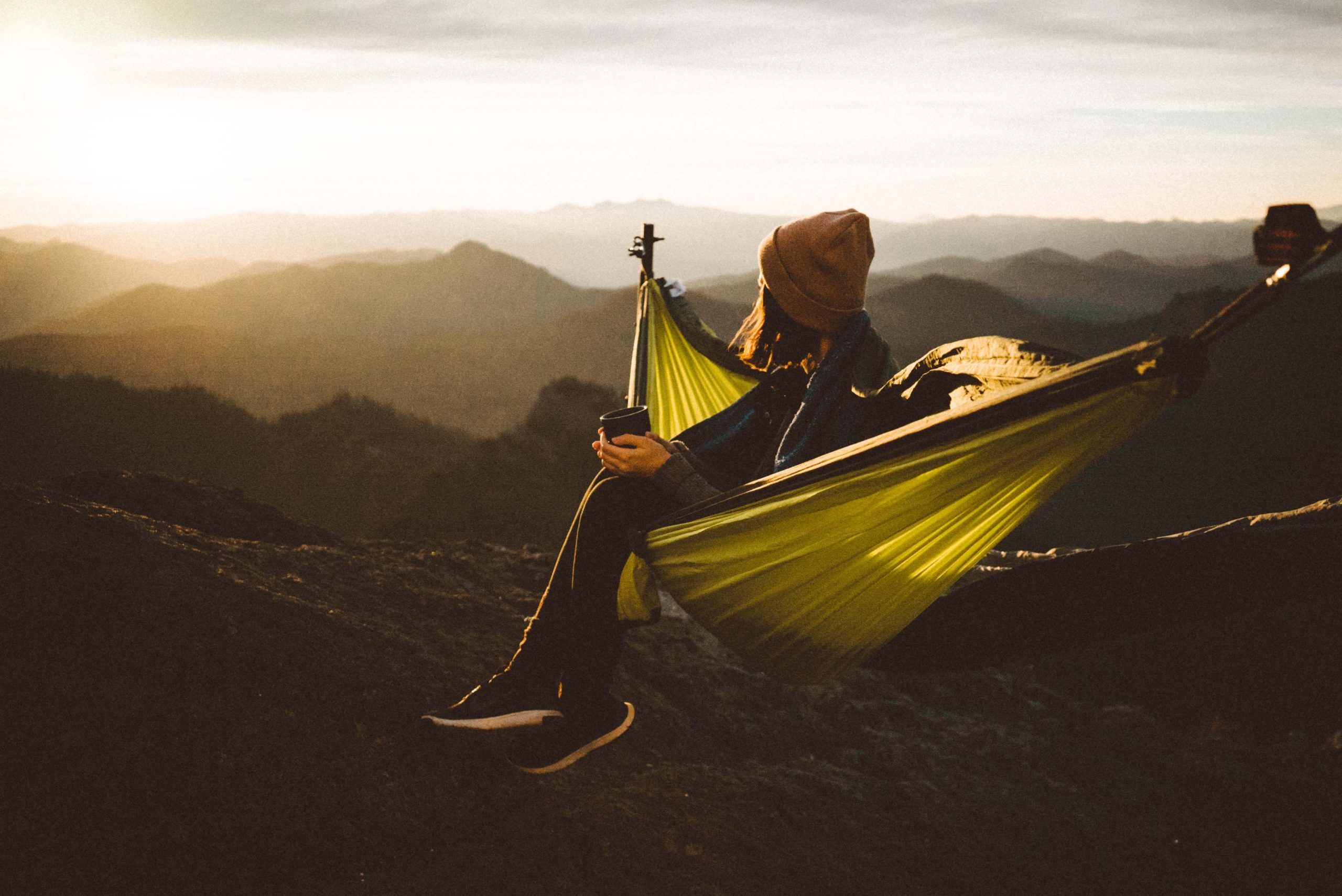Planning a hike? Water is CRUCIAL. The amount of water you should bring on a hike can vary depending on several factors. The duration of the hike, the level of physical exertion it requires, climate and weather conditions, and your own individual needs can all affect what you pack. Here are some general guidelines for how much water to bring on a hike in different settings:
Short hikes in mild weather
For hikes lasting less than 2-3 hours in cool or moderate temperatures, you can usually get by with about one liter of water per person. One liter should be enough for you to stay hydrated for a few hours of moderate physical activity in cool/mild weather.
Keep in mind that bringing extra water is always a smart thing to do – especially if you’re unfamiliar with the area. It’s also important to stay hydrated before and after your hike, so be sure to drink water before you start and rehydrate once you get back home.
Longer hikes in moderate weather
For longer hikes in moderate weather, it’s likely that you will need more water. Plan on generally bringing at least two liters of water per person. This should be enough for a hike lasting several hours in “comfortable” temperatures. However, if the weather is especially hot or arid, or if the hike is strenuous, you might benefit from bringing more water. To avoid dehydration, consider bringing an extra liter of water per person (or more as needed).
Have you ever found a river or water source on the trail? It can be tempting to refill, but hopefully you’re reasonable enough to know how unsafe that is without the proper equipment. However, if you pack a water filter or purification tablets, you will have the option to replenish your water supply on the way! No matter what, I recommend playing it safe if you’re unsure about the conditions of your hike and just bring extra water.


Hikes in hot or arid climates
In hot or arid climates, you can be putting yourself at a serious health risk if you’re not careful to bring enough water. Generally, you should plan on bringing at least three liters of water per person for a full day of hiking. Three liters should be enough to replace the fluids you lose throughout a day of sweating and hiking outdoors.
Remember to drink water throughout the hike, rather than waiting until you feel thirsty. It’s like a sunburn – it’s often already too late once you start to feel it. In hot and dry conditions, you can lose a ton of water through sweating even when you don’t feel thirsty. I would recommend packing some electrolyte packets or drinks to replace the other minerals you are losing through sweat (like salt).
Additionally, you can give yourself a huge advantage by avoiding certain drinks before the hike. Alcohol, caffeine, and sugary drinks can all increase your risk of dehydration. Stick to plain water and electrolyte drinks for the best results on the day of your hike.


High-altitude hikes
The air is thinner and drier at high altitudes, which can increase your risk of dehydration. You can generally plan on bringing at least three liters of water per person for a full day of hiking at high altitudes. Although it often feels cooler due to the wind, your body is still working incredibly hard when hiking in high altitudes. Your lungs and muscles will both be pushed to their limits – especially if you’re aiming for a faster pace. Three liters is typically enough to keep you hydrated in the dry and thinner air.
If you’re hiking for longer periods or if the weather conditions are extreme, you’ll need more water! The more effort putting out, the more water and energy you’ll need to maintain. Consider bringing an additional liter of water per person for every two hours of hiking (or more). Again, remember to drink at regular intervals during the hike. Like me, you may not feel as thirsty as you would at lower elevations, but it’s still essential to stay hydrated to prevent altitude sickness and other health problems.
Bringing an electrolyte drink or sports drink to replace the salts and minerals lost through sweating and breathing is always a good idea. Plus, snacks are fun! And again – avoid alcohol, caffeine, and sugary drinks, which can increase your risk of dehydration and other health problems, especially at high altitudes.


Backpacking trips
For backpacking trips, you’ll often need to carry all of your water for the entire trip. The amount of water you should pack for a backpacking trip depends on many different things – trip length, weather conditions, trail difficulty, and other personal factors. Plan on packing at least 2-3 liters of water per person per day for a backpacking trip. If you’re hiking in hot or dry conditions, you may need to pack even more. Think about bringing an additional liter of water per person for every two hours of hiking if some aspect of the hike makes you think you might need more.
When you’re planning a backpack trip, you need to plan your route. If you don’t want to carry all of your water, research the availability of water sources along the way. With the right gear, you can refill your water supply at streams, rivers, lakes, and other natural sources. However, it’s important to treat the water before drinking it to remove any harmful bacteria or parasites. You can use a water filter and purification devices to make your water safe. I have loved using my LifeStraw – even on day hikes when passing by a waterfall or hiking in the snow. Alternatively, you can boil the water at your campsite for three minutes to kill any bacteria or parasites.
You can lessen the need to find water sources by conserving water and being mindful of your usage. Even if your water storage device (a.k.a. water bottle or hydration pack) holds 3 liters of water on its own, you should bring an additional bottle for emergencies. Make sure that your bottle is going to be easily accessible during the hike as well.



Trail running
You have three options for trail running. If your run is short enough – don’t bring water and just drink before and afterwards. If you’re running more than 3 miles, I’d advise wearing a running hydration pack or carrying a water bottle for running. Bring at least one liter of water per hour of running. The amount of water you need depends on temperature, humidity, and intensity/length of the run. In hot or dry conditions or for more intense runs, you may need to bring more water to prevent dehydration. Consider bringing an additional 500 ml of water for every 30 minutes of running or more as needed.
If you are drinking water during your trail run, drink it at a regular pace. Don’t drink it all at once, and don’t wait until you feel thirsty! Not only can you quickly become dehydrated if running in drier conditions, but you could even end up with a cramp from drinking too fast. For longer runs, you can bring electrolyte drinks and snacks to replace the salts/minerals lost through sweating.

Remember that these are general guidelines, and the amount of water you need will depend on your individual needs and the specific conditions of your hike. Stay cautious and err on the side of bringing more water than you think you’ll need!
Additional trail snacks
In addition to water, you can bring snacks and drinks on a hike to keep your energy levels up and prevent fatigue. Here are some suggestions for snacks and drinks to bring on a hike:
- Sports drinks or electrolyte powders – super important for keeping up your body’s level of nutrients during an adventure.
- Trail mix – well-known for containing a healthy balance of all the macronutrients you need.
- Energy bars – super convenient, and super yummy. Just make sure they won’t melt in your pack! (Especially the chocolatey ones.)
- Fresh fruit – one of the healthier options. Think of apples, bananas, grapes – whatever you will eat and won’t get squished.
- Jerky – options include beef, turkey, salmon. All types usually contain sugar and fat, but jerky lasts forever and also contains tons of protein.
- Sandwiches or wraps – it’s usually more affordable to make your own at home.
- Water flavorings – a simple way to make your water more fun to drink! In case you need extra motivation.
Make sure to choose snacks and drinks that are easy to carry and won’t spoil or melt in the heat. Consider packing a mix of sweet and savory snacks to satisfy different cravings and provide a variety of nutrients. Also, be sure to pack enough snacks and drinks for the duration of your hike, and pack extra in case of unexpected delays or emergencies.
I recommend reading these next:




One thought on “How Much Water to Bring on a Hike – Expert Tips”
Comments are closed.